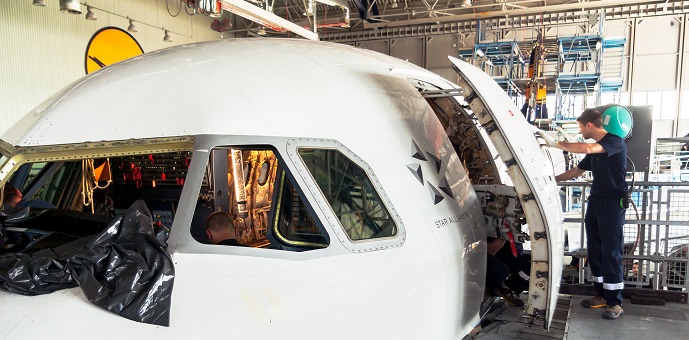Issues and observations made by Steve Bentley MD SAS (www.sassofia.com)
EASA Cleary identifies roles and responsibilities of the Role of EASA Part 147 Practical Trainer and Practical Assessor. However EASA has omitted to clearly identify the Role of EASA Part 145 Trainer “Supervisor / LAE”
Following the amendment of EC 1149/2011 EASA Part 145 has NOT been updated to include either AMC or Guidance material required to ensure standardisation of the OJT / OJE Process – rather it is left as an open obligation of each organisation to individually develop a procedure which is then accepted by the local Competent Authority (CA) (potential weakness and exposure)
Appendix III to AMC defines On-the-job-Experience as requiring a particular skill set to be present with the role of Supervisor related to the role of OJT “trainer” – this requires both training to an organisational standard & authorisation (see highlighted area above)
Note – Following the lack of AMC & Guidance Material the task of developing an organisational standard to develop the role of 145 OJT “Supervisor” the task sits with Aircraft Maintenance Organisation (AMO) – which then should be accepted by the Regulatory Authority – However note the absence as well for guidance material for the Competent Authority.
OJT Supervisors require structured training to ensure
“be capable to coach (setting objectives, giving training, performing supervision, evaluating, handling trainee’s reactions and cultural issues, managing objectively and positively debriefing sessions, determining the need for extra training or re-orientate the training, reporting, etc.);”
To be effective there is should be an OJT Management Process to administer the required OJT process which will essentially manage the competence of both OJT assessors and OJT Supervisors
OJT Records are not typically not given the same level of importance as 147 records which are kept for an indefinite period. However OJT Assessment should also be documented and records retained for an agreed (with the Competent Authority) period.
Copies of the assessment should typically be kept and registered with a central system -as a result a failed assessment can be managed in a controlled and effective way
It is important to recognise the value of the OJT assessment process, it is also necessary to ensure the “assessor” has sufficient time to deliver the assessment without being otherwise engaged. (Means assessment should be an “allocated tasks” not ad hoc)
Trainees require a “point of reference” – A process manager ref the regulatory requirement (It shall be conducted at and under the control of a maintenance organisation)
Sofema Aviation Services www.sassofia.com and SofemaOnline www.sofemaonline.com provide a range of regulatory compliant and vocational training courses for further information please see the websites or email office@sassofia.com or online@sassofia.com




